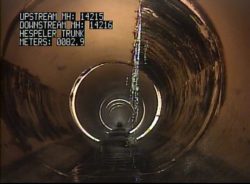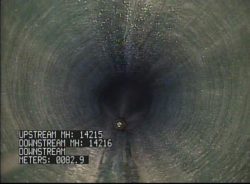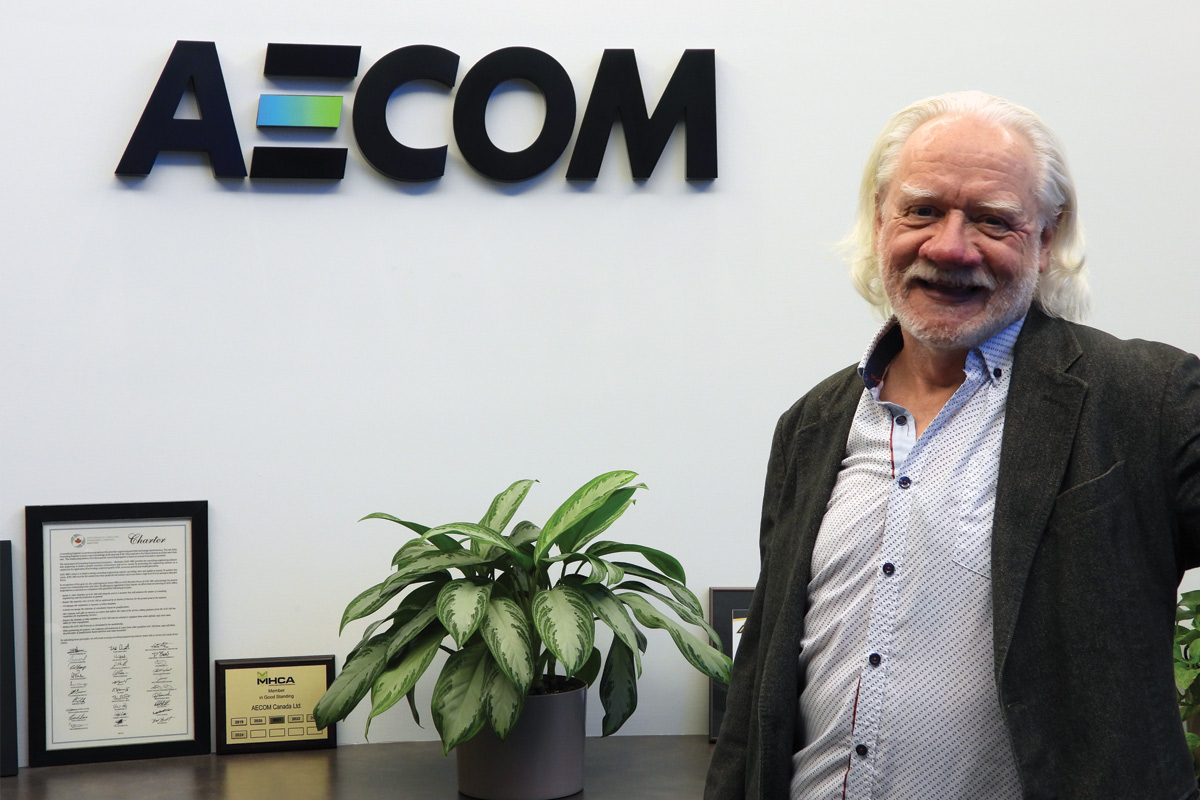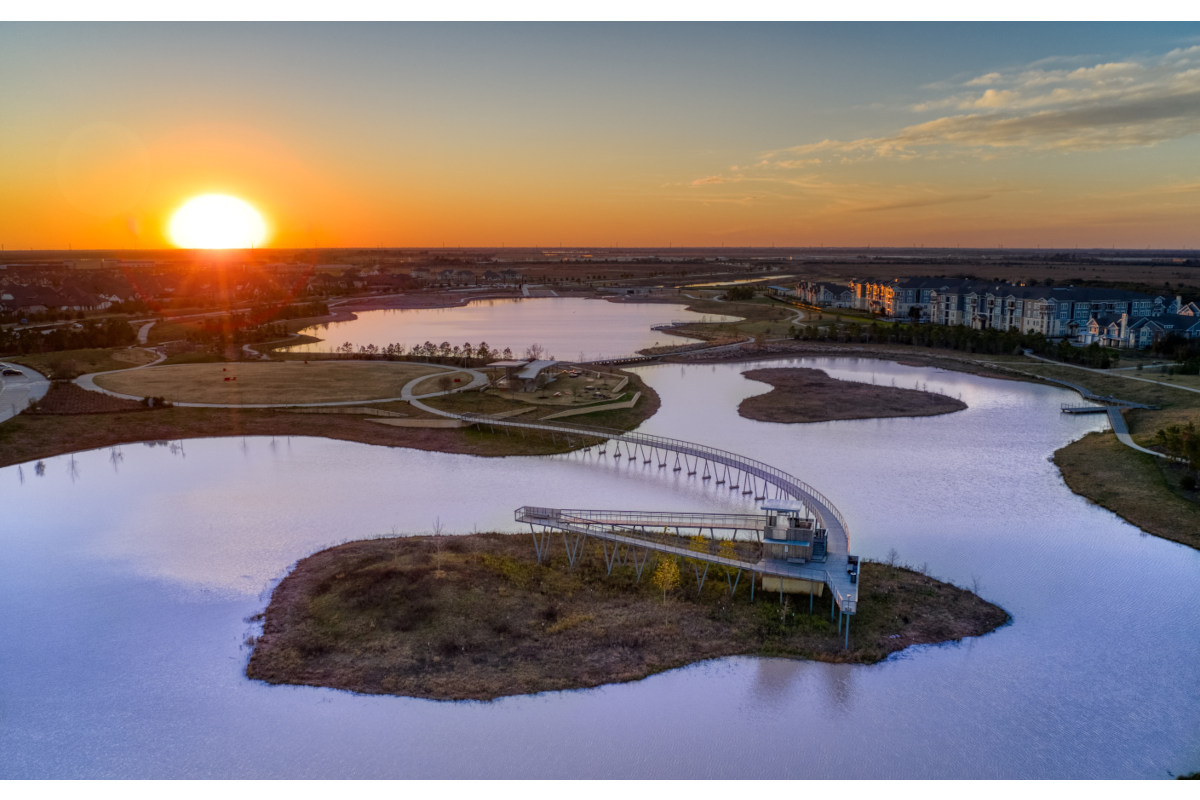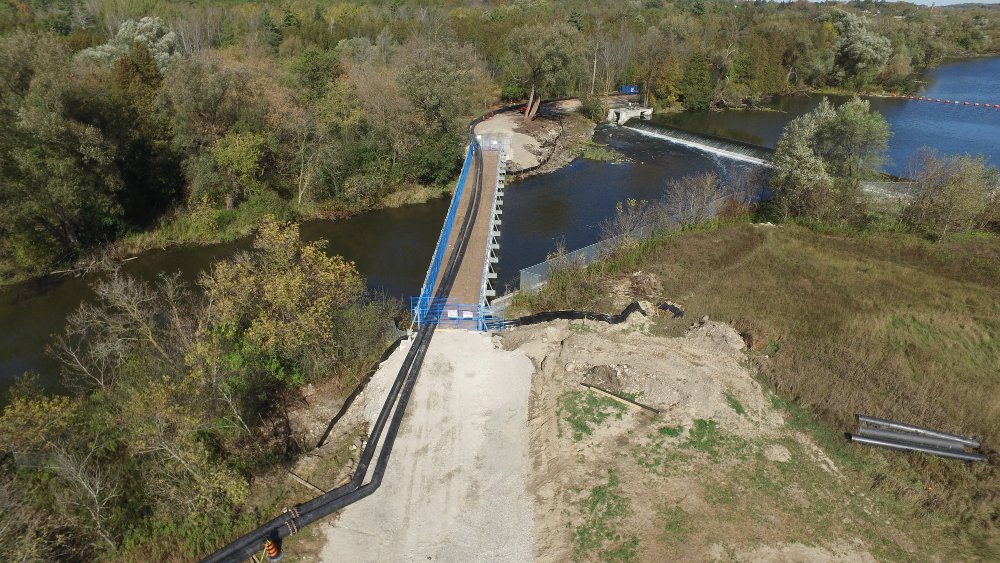
Trenchless Insights: A Q&A with GHD’s Bradley Marin
With more than 28 years as a civil engineering technologist (C.E.T.), Bradley Marin has contributed to the growth of the trenchless industry as a technical lead in the consulting business and as an educator and mentor to up-and-coming engineers and technologists.
Recently GHD was part of the team that received the Outstanding Project Award of Excellence from the Centre for Advancement of Trenchless Technologies (CATT), for the Hespeler Trunk Sanitary Sewer Rehabilitation Project in Cambridge, Ontario. The project involved the cured-in-place pipe (CIPP) relining of the 45-year-old vitrified clay sanitary sewer, ranging in diameter from 600 to 675 mm, which carries wastewater from the Hespeler neighbourhood under the Speed River to the Hespeler Wastewater Treatment Plant.
RELATED: Reflections on 25 Years of Microtunneling: A Q&A with GHD’s Craig Camp
In this Q&A, Marin shares his experiences and insights about the trenchless industry.
This has been a good year for you and the trenchless sector. Can you tell me about CATT?
CATT is the leading organization for the trenchless industry in Canada and focuses on recognizing new construction methods, outstanding people, organizations, and projects that are instrumental in advancing the trenchless industry. CATT is instrumental in change through education, training, qualitative testing, and developing new technologies.
The 45-year-old vitrified clay Hespeler Trunk Sanitary Sewer was determined to have major defects including cracks and fractures that required repair.
These photos show the pipe condition before and after the CIPP relining project.
Congratulations on being part of the team that is receiving the CATT Award of Excellence in the project category. What will it recognize in the team’s work?
The award demonstrates recognition from an industry where my capabilities grew from a personal interest to GHD’s professionally notable position within the industry.
I humbly say that the day GHD received this client nomination, it was a great day. It was a great compliment knowing that the project owner felt that our work met and exceeded their expectations. I am glad to part of the team that helped provide a viable solution to a community in need, and made it better.
What is it about your background and experiences in this industry that has led you to be part of the team that receives this award?
I am a certified C.E.T. with more than 28 years of experience in managing, designing and administering construction on infrastructure projects across the United States and Canada. I am instrumental in bringing projects forward from the public planning process stage to final acceptance, including: analyzing construction methodologies; developing detailed design; obtaining approvals; assisting with negotiations with landowners; developing capital cost estimates; and providing guidance through all phases of construction. As a result, I have a holistic view of how to manage each project with the right amount of attention to provide the greatest benefit for each client. At GHD, I strive to apply a strong risk-based ethic in managing projects and help project teams develop a similar culture.
RELATED: PipeFlo Contracting Sees Success Through Innovation
What has your involvement with CATT been over the years?
Previously, I served as a technical advisor to CATT and helped edit provincial standards for the trenchless industry within Ontario. I served as a featured speaker for the Ontario Good Roads Association; and authored and co-authored numerous technical papers published nationally for various associations.
How do you describe your role at GHD?
As a discipline lead within our water group, I work with a team of professionals across Canada and the United States. We provide trenchless design expertise to a variety of projects. Every day brings new challenges and experiences.
How did you get started in this particular niche?
I took a curious interest in trenchless technology early in my career on the suggestion of a professional mentor of mine, Ron Schwark. I recognized how trenchless technologies provide an alternative option to traditional open cut-and-cover. I found it remarkable how this process could lessen the impact on the social, built and natural environments. I wanted to be a part of it all and make positive change.
What has changed since you started in this sector?
Over the years, the biggest change has been innovation. In addition, new construction techniques, materials, and equipment have emerged because of the need to overcome industry challenges.
How has technology changed your work?
Innovation has led to the development of different processes. When I started my career, horizontal directional drilling included the installation of 4- to 305-mm pipes, pulled underground for a distance of 91 m. Now, we have installed pipes up to 1,524 mm in diameter, for distances in excess of 122 m. Mechanical spot repair and grouting joints are starting to be a viable option for sewer repair. Last year, industry publications announced the global rehabilitation of more than $2.5 billion of sewer pipes using the CIPP technique.
How do you see your projects changing in the future?
Industry findings state that contractor and consultant capabilities are growing throughout the United States and Canada. As more opportunities to improve sewer lines present themselves, the market share becomes larger. Instead of open-cutting sewers, which has been the predominant replacement method, more municipalities are discovering how trenchless methods allow greater work accomplished at increasingly competitive prices. Now that trenchless technologies have matured, we have a variety of methods and materials from which to choose.
Are there other uses for trenchless technology other than sewage system rehabilitation?
Trenchless technologies apply to a wide variety of new installations as well as rehabilitation of existing infrastructure. While there is always an opportunity for sewers to be upsized or repaired by open cut, other technologies are advancing and becoming common. If the industry properly monitors deterioration in their piped networks, they can implement repair programs at scheduled intervals extending the service life of a sewer cost effectively.
The industry has a responsibility to provide the best services possible to the community it serves. Sewer rehabilitation is an option where positive actions can change and improve a system’s reliability, operation and function.
What would you say to a young professional looking for career options?
The trenchless industry continues to grow and produce new jobs. I recommend young professionals continue to learn about these construction methodologies so that they understand that there are alternative ways to provide value as they service their clients.
What is your greatest challenge and why?
Helping people understand how new technology can benefit their projects and communities. Many people and agencies are averse to making changes or to taking risks. Often, we work with people and agencies who do not believe trenchless construction methods are either viable or cost competitive. Over the years, throughout the development of numerous successful projects and technical papers, we clearly demonstrated how the key performance indicators of cost, time and quality deliver with regular frequency.
What aspect of your career has been the most fun and why?
I enjoy working with young people and educating them on trenchless technology and watching them grow in knowledge. I like to connect with people and explain what trenchless is all about. This gives them the tools that they need to help their clients or take the right decision.
Each time there is an ability to push the technology envelope, there is clearly an important role for me. For example, when a contractor recommended pipe bursting of concrete pressure pipe as an alternative, it was the first time that it ever was attempted. Although the project did not produce the desired results, the project was completed and lessons learned and shared are valuable to the trenchless community.
What does a good day in this industry look like?
It is a good day if the client is satisfied and our team receives a thank you for a job well done — now that is a grand day.


